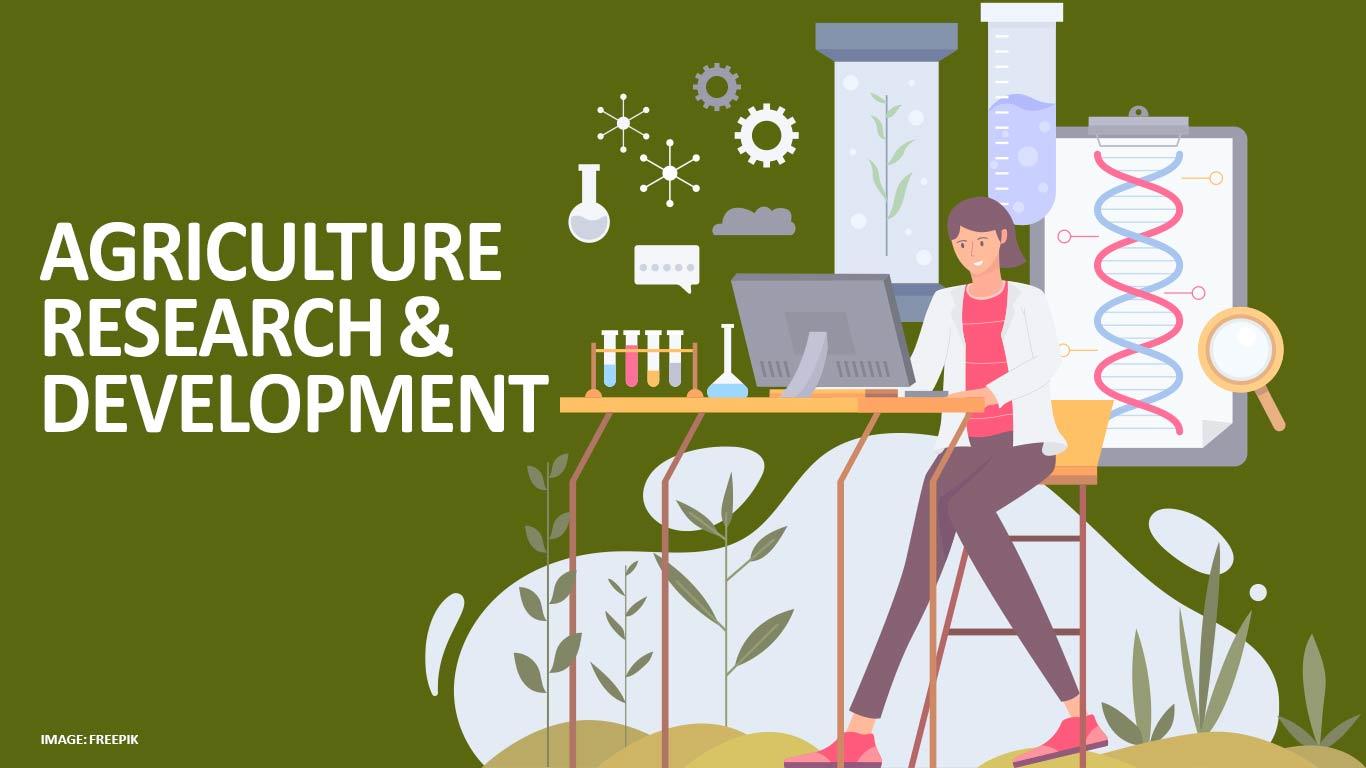
Govt Looks To Streamline Agri R&D, Funding With Direct Outreach To Universities
The Agriculture Ministry has taken an unprecedented step by convening a meeting with Vice-Chancellors of State Agriculture Universities (SAUs), a responsibility traditionally handled by the Indian Council of Agricultural Research (ICAR).
The ministry has offered to onboard the SAUs directly onto various government schemes and fund their projects, a departure from the previous model where funding was channelled through ICAR.
This move aims to address the lack of coordination and knowledge-sharing among SAUs, as highlighted by an official source. "If one agriculture university was doing some research work, other agriculture universities in other states are not even aware of it. At times, even within the same state one does not know what activities the other university is doing," the source stated, justifying the need for such a meeting.
"The government's emphasis on natural farming necessitates that these agricultural universities incorporate agro-ecology as a core subject and facilitate student interactions with local farmers to develop a better understanding of government schemes," said Dinesh Singhal, Past President of FISME and MD of Kanohar Electricals Ltd, commending the agriculture ministry's efforts to streamline research for greater efficiency.
However, some agriculture scientists, who requested anonymity, have expressed concerns, suggesting that the Department of Agriculture and Farmers Welfare should focus on improving the implementation of existing schemes rather than encroaching upon ICAR's domain.
Manoj Ahuja, Secretary of the Department of Agriculture and Farmers Welfare, chaired the meeting with Vice-Chancellors on May 14, organised by the Indian Agricultural Universities Association (IAUA). Notably, ICAR Director-General Himanshu Pathak was not present at the meeting.
While most Vice-Chancellors are open to receiving direct project funding due to budgetary constraints, they are reluctant to undertake extension activities with farmers, as it could hamper their core function of imparting education, according to sources.
The government believes that involving experienced agriculture scientists in various schemes will yield better results. An official cited the example of seed shortages, suggesting that SAUs could plan and supply seeds in advance to address such issues.
However, concerns have been raised regarding the potential challenges of direct coordination between SAUs and the central government, as the universities fall under the purview of state governments.
Officials from the Department of Agriculture and Farmers Welfare, who conceived the idea of onboarding SAUs, believe there are several areas where collaboration is possible. They hope that better coordination with SAUs could help avoid duplication of research and development activities and foster the development of newer technologies.
A senior official highlighted the potential for wider dissemination of promising seed varieties developed by SAUs, which are currently confined to limited geographical areas.
While an ICAR official acknowledged the existing guidelines for nationwide release of new technologies developed by SAUs, they conceded that funding constraints often hinder multi-location trials required for such releases. The official added that ICAR often assists SAUs in such activities.
As the Agriculture Ministry seeks to forge closer ties with SAUs, the initiative aims to enhance collaboration, knowledge-sharing, and efficient utilisation of resources in the agricultural sector.
(KNN Bureau)
Legal Disclaimer:
MENAFN provides the
information “as is” without warranty of any kind. We do not accept
any responsibility or liability for the accuracy, content, images,
videos, licenses, completeness, legality, or reliability of the information
contained in this article. If you have any complaints or copyright
issues related to this article, kindly contact the provider above.

















Comments
No comment